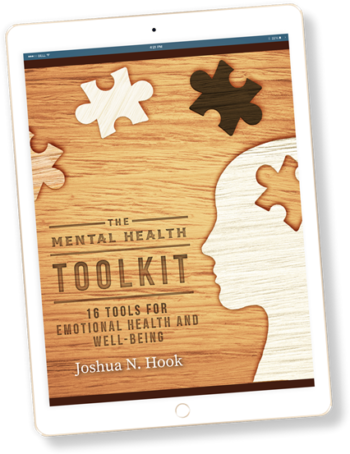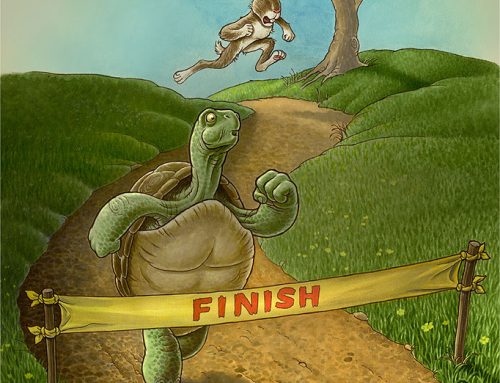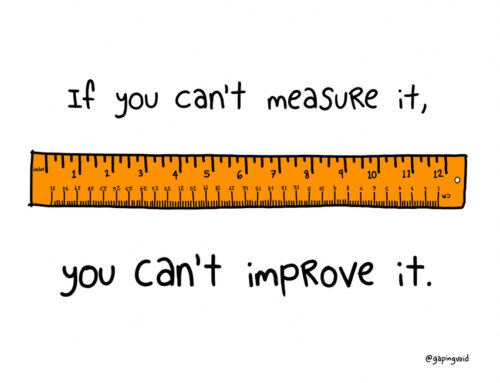Check Your Reinforcement Schedule
April 24, 2016
Categories: Change
This post is Part 1 in a 2-part blog series on reinforcement and change.
The spring fundraising campaign on NPR is finally over! For those of you who have no idea what I’m talking about, for two weeks each spring, the public radio station does a fundraising drive. During each hour throughout the day, they play about thirty minutes of the actual program, and then it switches over to someone asking me for money for the rest of the time.
I get annoyed when people ask me for money. I got increasingly annoyed as the two-week fundraising drive dragged on. But in the middle of my annoyance, I started to think about why the fundraising campaign didn’t convince me to make a donation. I think it had something to do with the reinforcement schedule.
A reinforcer is something that is used to make a particular behavior more likely to occur. There are different types of reinforcement. Positive reinforcement adds something good. For example, if they sent me an NPR t-shirt following my donation, that would be an example of positive reinforcement. Negative reinforcement takes away something bad. For example, if I stopped having to listen to the annoying pleas for money following my donation, that would be an example of negative reinforcement.
It’s important for the reinforcer to be close to the actual behavior in time, otherwise we don’t make the connection between the behavior and reinforcer in our brain. If they sent me the t-shirt 6 months after my donation, for example, it would be difficult for my brain to make a strong link between the behavior and the reinforcer.
I think one of the problems with the NPR fundraising campaign is that it didn’t really offer any reinforcement for the behavior of donating money. The fundraising campaign was going on for the full two weeks whether I donated or not. My donation didn’t make a difference in the frustrating experience I was having (i.e., listening to people ask for money instead of actual programming). They might have been more successful if they announced a fundraising goal, and then ran the campaign until the goal was reached. The more people donated, the sooner they could get back to the programming they liked.
In your own change efforts, if you are using something to reinforce the behavior you are trying to change, make sure you set it up in such a way that you actually get the reinforcement when you do the behavior. Also, try to implement the reinforcement as soon as possible following the behavior—don’t delay. By following these strategies, you give the reinforcement the best possible chance to positively influence your behavior.
Discussion: When you are making a change effort, how do you reinforce the behavior you are trying to change? Is your reinforcement working to change your behavior? How might you shift your reinforcer to be more effective?
Related Thoughts
No Comments
Leave A Comment

Subscribe To My Newsletter
Join my mailing list to receive the latest blog posts.
Receive my e-book “The Mental Health Toolkit” for free when you subscribe.






[…] This post is Part 2 in a 2-part blog series on reinforcement and change. (If you missed Part 1, you can find it here.) […]